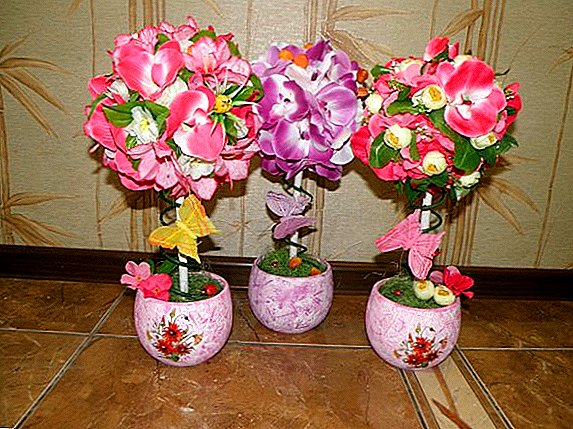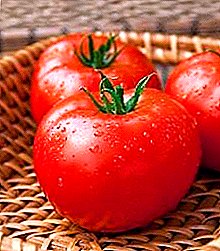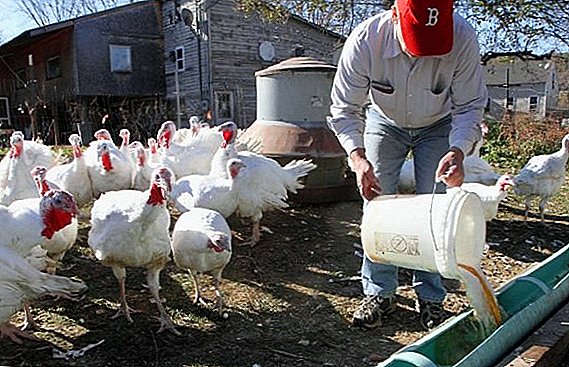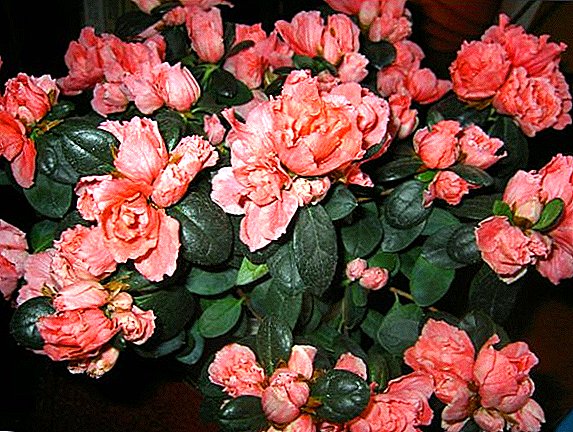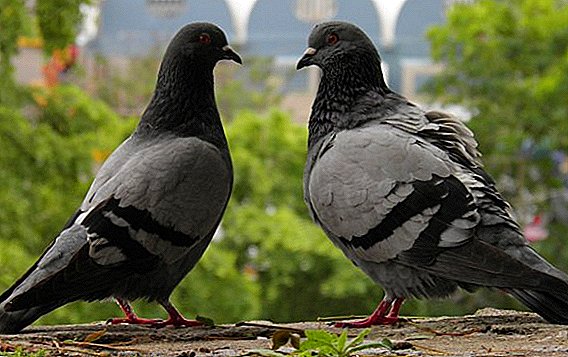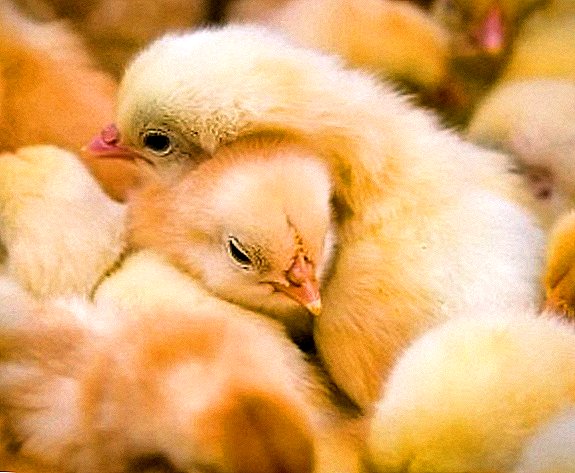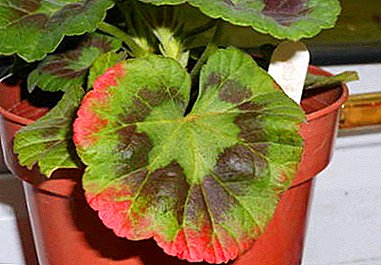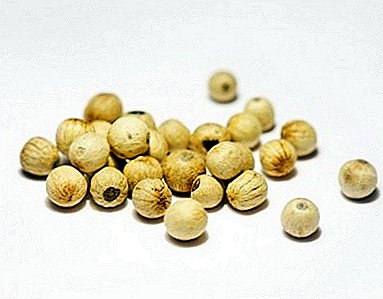
Pepper in all its varieties has long become a familiar spice on our table.
White and black are the fruits of the same peppercorns, taken at different times.
Black pepper is an immature fruit, which after processing takes the form in which it is well known. These are black or dark brown wrinkled peas with a diameter of up to 3-4 mm.
What is white pepper? It is a ripe fruit that has received its gray color due to fermentation and drying.
General characteristics of the plant
Black pepper (Piper nigrum) is a tree vine growing to 15 meters. On the plantations, its growth is limited with poles to 5 meters. The plant blooms with small flowers, gathered in long, hanging inflorescences resembling an ear. Then ripen on them fruits - drupes, which are eaten in the form of spices. Its leaves are leathery, oval-shaped, green with a grayish bloom.
Homeland pepper
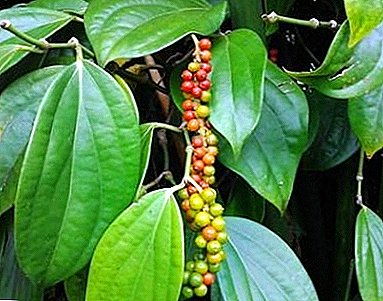 Pepper habitat - the tropical belt of the planet.
Pepper habitat - the tropical belt of the planet.
It is one of the main crops in the countries of Southeast Asia, growing in Sri Lanka, India (from where it was first introduced to Europe), Sumatra and Borneo.
And it is also the most frequent guest in your kitchen.
One of its largest global suppliers is Sumatra.
Collection and processing of white pepper
To get white pepper, it is harvested only when the fruit is fully ripe and turns red.
Red in the drupes is only the amniotic membrane. Get rid of it in two ways. Ripe drupes are poured with sea or lime water and kept until the shell peels off, or they are laid out in the sun for 7-10 days. Fermented in the sun, white pepper becomes more fragrant.
After releasing the peas from the shell, it is dried to obtain smooth round peas of gray or off-white color.
A photo
The photo shows white peppercorns: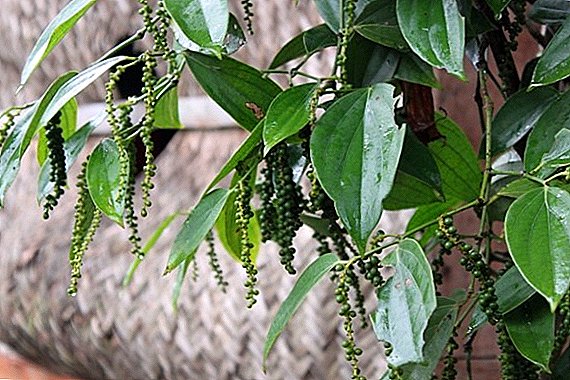
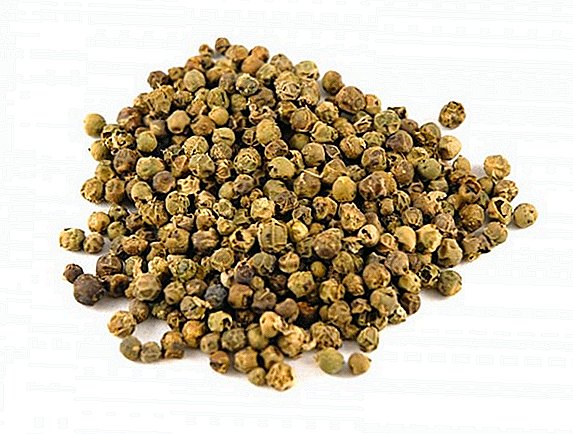
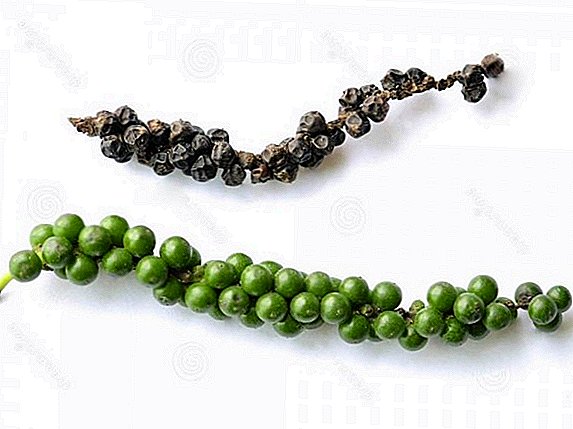
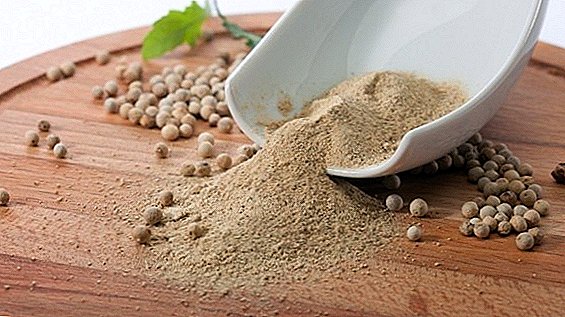
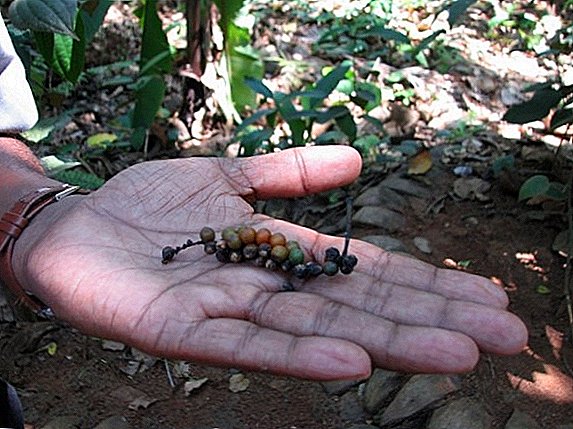
Home care
Pepper "Piper nigrum" is quite possible to grow at home. Caring for him is easy. By creating conditions for him that are close to nature, it is possible to obtain fruit suitable for use.
Planting and growing
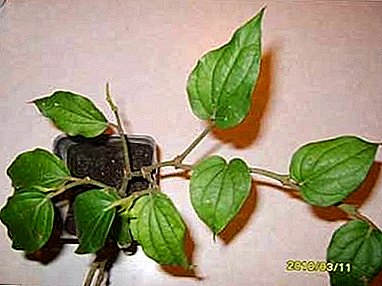 Only black peas are used as seeds. White for planting is useless, it will not give germs.
Only black peas are used as seeds. White for planting is useless, it will not give germs.
Black pepper is not subjected to heat treatment, only natural drying, and therefore its germination is high.
Bought peas kept in water for 24 hours. Prepare a heavy substrate of sod, with the addition of humus and sand.
Plant seeds in a seedling container. For their successful germination requires a temperature of 25-30 degrees and abundant watering.
After the appearance of the first leaves, the pepper is fed with bird droppings infused with water, diluted with water 1:10. After 7-10 days, the sprouts can be dived into separate pots. Landing is made in June.
After transplantation, the plant is placed in a bright place, protected from direct sun. In the summer it is better to keep it fresh, but without drafts. As the root grows, the peppers are transplanted into a larger pot.
Flowering will begin in the second year at the end of spring. After flowering, it will give fruit. The pepper grows with a long liana, so it needs a support. Can grow up to 2 meters.
Temperature and lighting
In winter, the best location for pepper is a well-lit window sill.but away from the radiator. Winter temperature - 18 degrees. In the summer - about 23-25 degrees.
If the tree is located on the southern window of the apartment, create a shadow for itto protect from hot sunlight. He feels best on the east or west side.
Watering and moisture
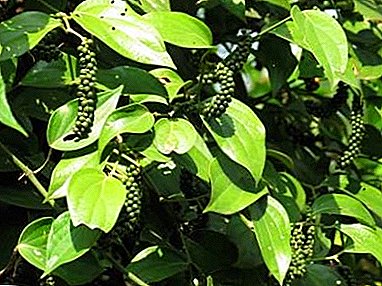 Pepper loves moist soil, so you need to water it to prevent it from drying out.
Pepper loves moist soil, so you need to water it to prevent it from drying out.
In winter, the plant comes to rest, and watering is reduced.
Pepper needs moist air. In the summer it is sprayed twice a day, less often in winter.
If the air in the apartment is too dry, the plant pot is placed in a pan with wet pebbles.
Top dressing
Top dressing is made by usual mineral fertilizers for decorative and deciduous houseplants in the spring and in the summer each 2 weeks. The rest of the time it is not fertilized.
Transfer
A young plant needs a transplant every year, an adult - once every two years. Each time a fresh substrate and a larger pot are used. The soil is composed of leaf and sod land, peat, sand and humus. Drainage is placed at the bottom of the pot.
Important! Pepper is better to plant in a plastic pot, the soil in it dries less.
Breeding
Pepper is propagated in several ways:
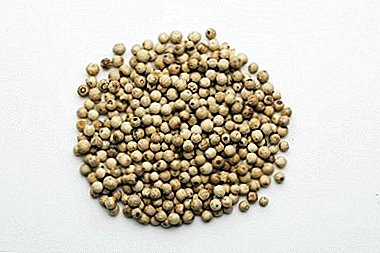 Reproduction by cuttings
Reproduction by cuttings
For this purpose, cuttings with 2-3 buds are cut and placed on a substrate from one part of leafy ground and two parts of sand.
Cover with a film, creating a greenhouse effect.
The temperature for rooting should not be below 24 degrees.
After 3 weeks, the roots germinate, then the cuttings are transplanted into separate pots of at least 9 cm in diameter.
Reproduction by layering
Lying shoots pressed to the sandy soil (can be secured with a wooden pin).
With abundant watering and good lighting, pressed shoots quickly give rise to roots. The rooted shoot is separated and dive into a separate pot.
Dividing bush
This method is used for transplanting an adult plant.
Problems with growing peppers:
- Exposure and stretching of the stem - lack of feeding and light;
- Brown leaf tips - insufficient watering and low humidity;
- Yellowing and wilting of leaves - excessive soil moisture (especially in winter) or insufficient top dressing in summer;
- Burnout, fading of leaves - hit of direct sunshine.
Important! It is not a problem or disease that small white eggs appear on the back of the leaves.
The use of white pepper: the benefits and harm
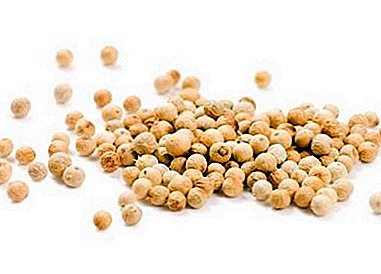 White pepper has earned the greatest popularity as a spice.
White pepper has earned the greatest popularity as a spice.
It differs from black fellows with less sharpness and a more subtle taste and aroma; it is good in fish and vegetable dishes, as well as in dishes with lean meat.
Experienced cooks add it to an almost ready dish so that it retains its exquisite taste.
Beneficial features
In the homeland of white pepper its useful properties are known for a long time, locals often use it as a medicine.
In modern pharmacology, its powder serves as a basis for warming ointments. It has antimicrobial and anti-inflammatory effects.
Mixed with honey, it has a expectorant effect, reduces the amount of mucus and cleanses the bronchi and lungs.
The use of white pepper contributes to:
- speeding up the metabolism and burning calories;
- increased appetite;
- soothes, relieving irritation and stress;
- increase immunity and performance;
- thinning the blood and dissolving clots in it;
- freeing the body of toxins;
- removal of parasites;
- White pepper contains vitamins and microelements.
Contraindications to the use
It is not recommended to use white pepper so suffers from the following diseases:
- gastritis and ulcers;
- inflammation of the kidneys and bladder;
- anemia;
- allergy.
Growing white pepper at home will certainly benefit and enjoy.


